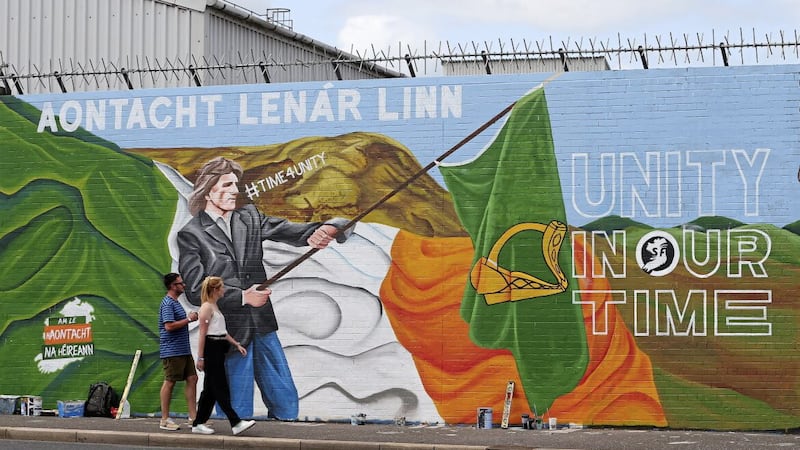The announcement that a plan to improve Northern Ireland's busiest road junction has now been put on hold has caused considerable dismay and raises questions about the executive's wider economic strategy.
By any standards the York Street Interchange is a large-scale project, costing an estimated £165 million.
Crucially, it was anticipated that up to 40 per cent of the cost could be funded by the EU but even without European money this was regarded as an important initiative, helping to improve the movement of traffic, goods and services, not just around Belfast but further afield.
Every day more than 100,000 vehicles pass through the junction, where the M1, M2 and M3 meet. Massive congestion and delays are regarded as a significant problem for hauliers and many other road users and it makes absolute sense to have a free flow of vehicles rather than the stop/start system of lights that are currently in place.
As recently as December 2015, the DUP minister for roads, Michelle McIlveen, insisted her department was fully committed to the interchange.
Now, in an unexpected move, her successor as infrastructure minister, Sinn Féin's Chris Hazzard, has put the brakes on the scheme.
The minister appeared to suggest Brexit was to blame, with time running out to apply for EU funding.
This caused some surprise as the chancellor has pledged to honour projects signed until the point the UK leaves the EU.
Mr Hazzard said the next call for EU funding is due in early 2018. ``As a result, the funding stream for this project goes beyond the timeframe set by the chancellor,'' he said.
The minister is understandably focused on the infrastructure deficit west of the Bann, with the A5 and A6 key priorities.
These are obviously important projects but it is not clear why the executive cannot still press ahead with York Street, doing its utmost to secure funding before the UK leaves the EU.






